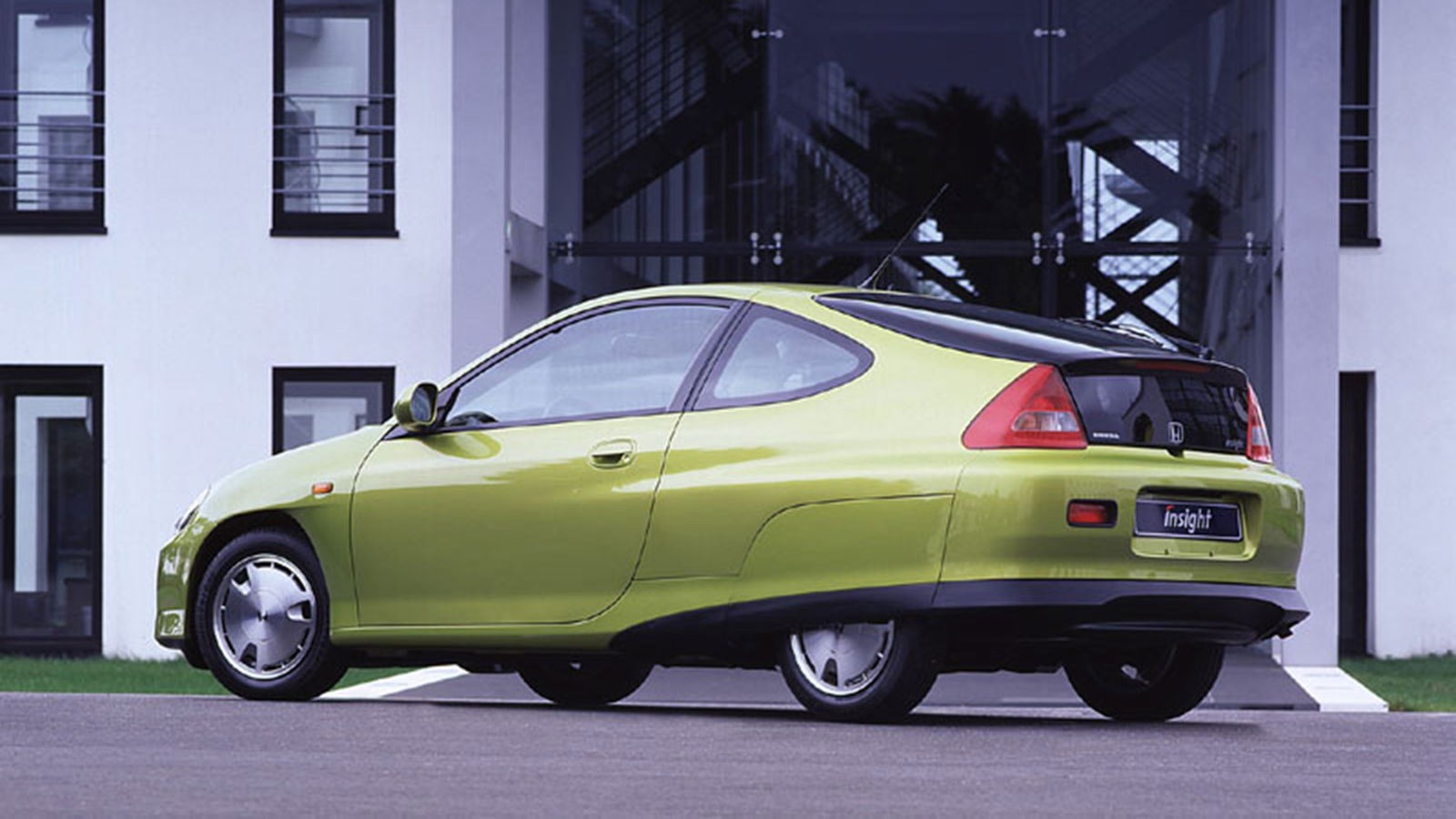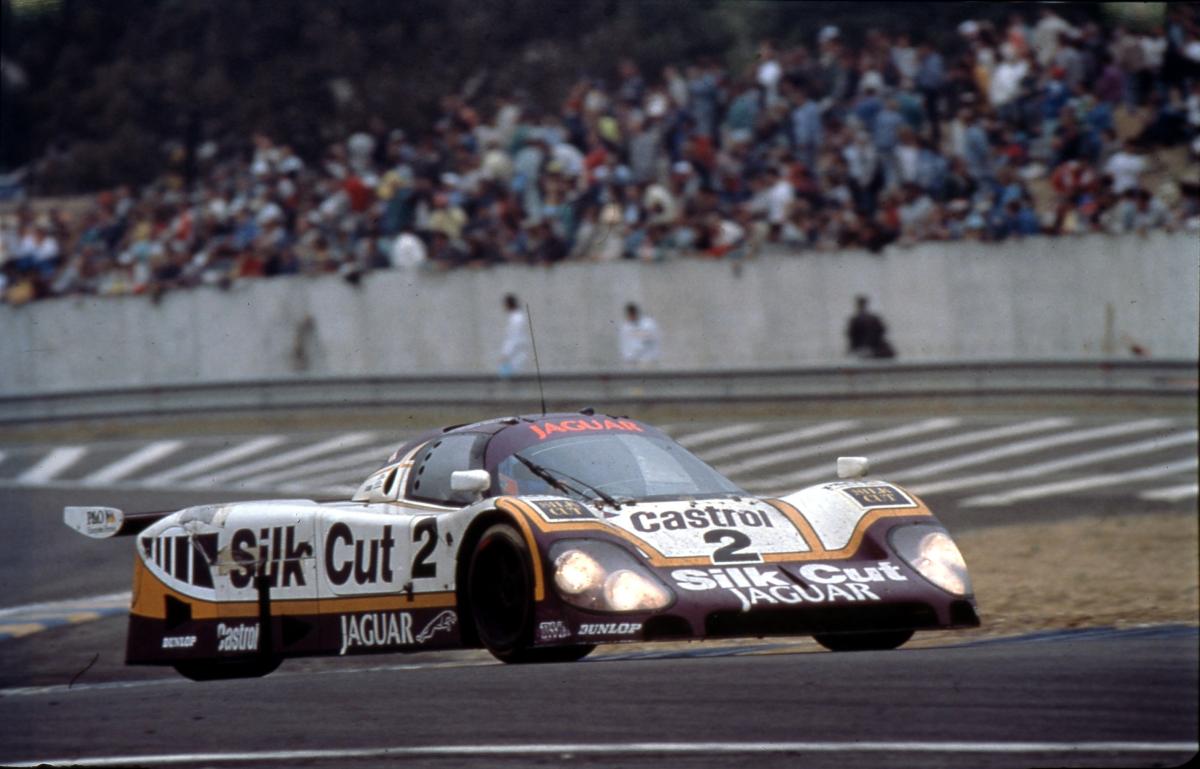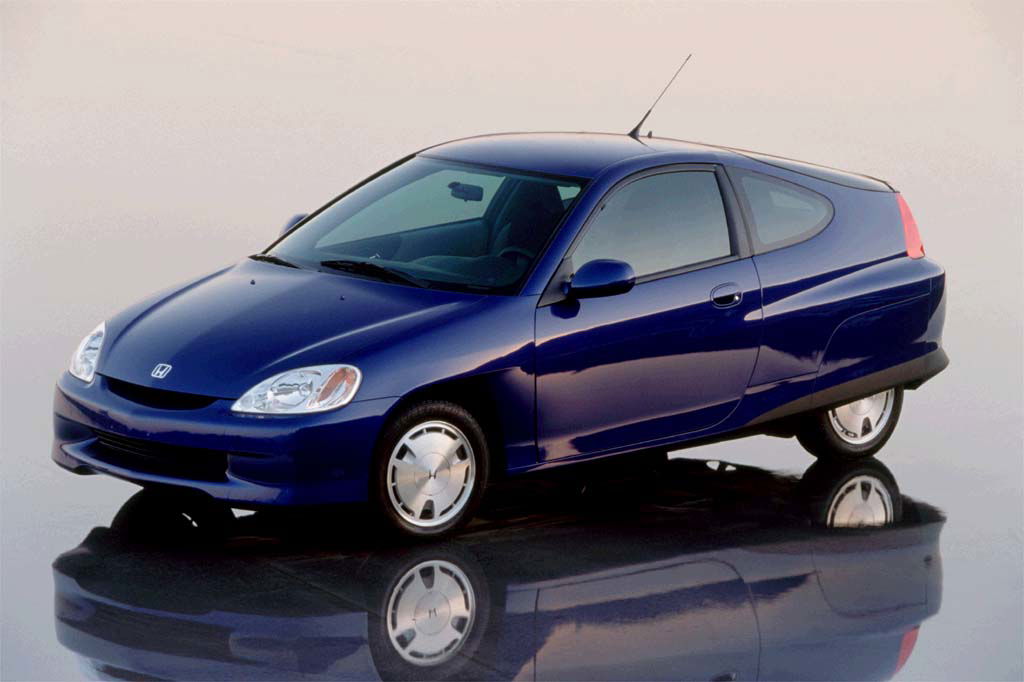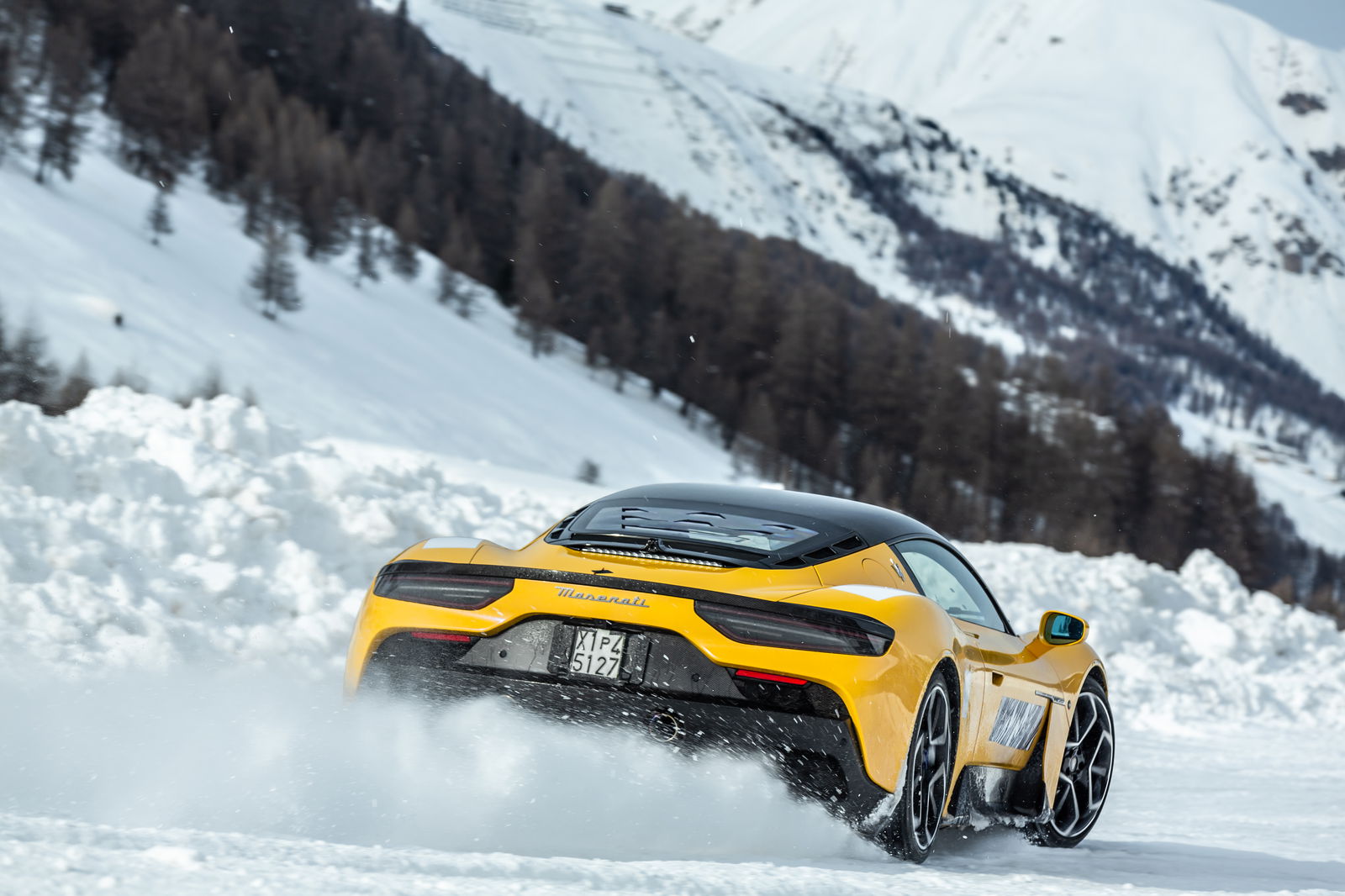What Are Wheel Spats, And Why Does Nobody Use Them Anymore?

Over the years, car manufacturers have seemingly tried everything to improve the aerodynamics of their vehicles. Be it splitters, spoilers, active aero, or optimised alloy wheels – there are several solutions to help a car make the most of the air passing of it.
One of those options has been, or should we say was once, wheel spats. That’s the technical term for those covers you’d see perched over or just above the rear wheels of some road and race cars, but their use is pretty much non-existent.
So how did they come about, what do they actually do and why does nobody use them anymore? We explain.
Where did wheel spats come from?
.jpg?width=1600)
As with many great things, wheel spats are derived from the world of aviation. The wheel spat started out as a cover for plane wheels (known as fairings to those of you in the US) in a bid to reduce drag and improve fuel efficiency.
Their use over the rear wheels of cars began in the 1930s, but never really truly hit the mainstream. As the ‘50s and ‘60s came and went, their use pretty much died out save for some occasional outings.
GM once put them on the back of a Buick Roadmaster, regrettably for our eyesight. More fondly remembered are the first-gen Honda Insight and several Group C race cars like the Jaguar XJR-9.

What’s the advantage of them?
In the case of cars, wheel spats block air from entering the wheel arch and instead smoothly send it across the bodywork. That makes for a notable reduction in drag, coming with the benefits of better fuel economy and improved acceleration.
Why don’t cars use them anymore?

You can probably put the lack of wheel spats down to the simple fact of cost. They’re more expensive to make for cars and they make removing wheels harder, in turn improving the cost of maintenance.
It also means cars may need thinner rear tyres to accommodate them which can have a negative impact on performance, particularly for really spicy stuff. They also just wouldn’t look very good on most modern cars, to be frank.


Comments
Again…
My favorite car with wheel spats has to be the Citroen Déesse, such a beautiful car..
I have a funny feeling they might return in the most awkward design imaginable. :/
[DELETED]
How do you turn with the saab?
[DELETED]
Don’t forget the Red Bull X2010.
and yet no photo of a Citroen DS, one of the most aerodynamic car ever
Citroen DS
My personal favourite Citroen CX
Pagination